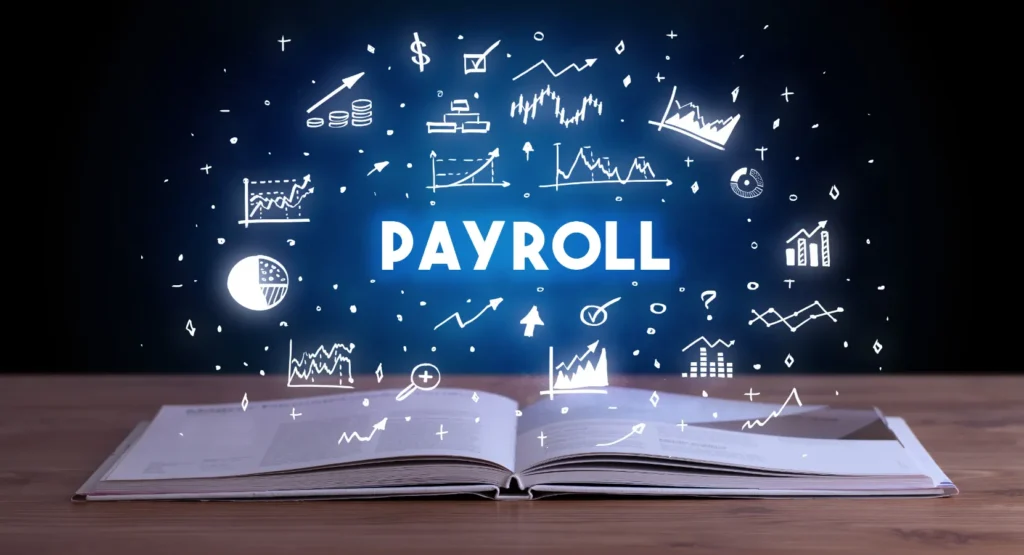Table of Contents
- Introduction
- Assess Your Current Payroll System
- Choose the Right Payroll Software
- Train Your Team
- Communicate with Employees
- Test and Go Live
- Conclusion
Introduction
Transitioning to a paperless payroll system can revolutionize the way your business handles employee compensation. Not only does it streamline the payroll process, but it also reduces costs, minimizes errors, and is environmentally friendly. While the idea might seem daunting, implementing a paperless payroll system is easier than you think. Here are five easy steps to help you make the switch seamlessly.
1. Assess Your Current Payroll System
Before transitioning to a paperless payroll system, it’s essential to assess your current payroll processes. Examine everything carefully to make sure you comprehend every step—from keeping track of time to making the last payment. Identify areas that are particularly cumbersome or prone to errors. Selecting the best digital payroll solution for your needs requires an understanding of these pain issues.
For instance, if your current system relies heavily on manual data entry, look for a paperless solution that offers automated data capture and processing. This preliminary evaluation will assist you in developing a transition plan that covers every facet of payroll.
2. Choose the Right Payroll Software
The next step is to choose the appropriate payroll software that meets your business requirements. It’s important to choose an option that best suits the requirements of your firm out of the many that are available. Take into account elements like customer support, convenience of use, compatibility with current systems, and compliance aspects.
For example, you might need software that integrates seamlessly with your HR management system or time-tracking software. Before making a purchase, weigh your options and perhaps think about utilizing free samples or demos to experience the program. Make sure the software you select can handle the intricacies of your payroll procedures, including effectively handling deductions and benefits and managing different pay schedules.
3. Train Your Team
Once you’ve selected the right payroll software, the next step is to train your team. It’s crucial that your HR and payroll staff are well-versed in using the new system to maximize its benefits. Plan in-depth training sessions that address every facet of the program, from intuitive navigation to sophisticated functionalities.
To minimize resistance, communicate the benefits of the new system clearly to your team. Emphasize how the program will reduce errors and manual procedures to make their work easier. Additionally, provide ongoing support and refresher training sessions to ensure everyone remains confident and proficient in using the software. Creating a supportive learning environment will ease the transition and help your team adapt more quickly.
Tips for Effective Training
- Use real-life scenarios and examples during training to make the content relatable.
- Encourage a hands-on approach where employees can practice using the software themselves.
- Provide supplementary materials like user guides and video tutorials for reference.
4. Communicate with Employees
Effective communication with your employees is critical when transitioning to a paperless payroll system. Inform your employees about the changes and how they will impact them. Clearly explain the benefits, such as faster access to pay stubs, increased convenience, and enhanced data security.
Make certain that staff members are aware of how to utilize and access the new system. Provide written instructions, video tutorials, and FAQs to help them navigate the transition smoothly. Address any concerns or questions they may have, and consider conducting a Q&A session to provide further clarification. By keeping your employees in the loop and providing them with the necessary resources, you can alleviate any apprehensions and foster a smoother transition.
Communicating Change Effectively
- Send out informative emails and newsletters detailing the transition plan and its benefits.
- Hold town hall meetings or webinars to address questions and concerns directly.
- Set up a dedicated support channel where employees can seek assistance if they encounter any issues.
5. Test and Go Live
It’s essential to carry out extensive testing to make sure everything functions as intended before completely switching to a paperless payroll system. For a few cycles, run parallel payrolls in order to find and fix any potential problems. This phase serves as a trial run and allows you to fine-tune the system before going live.
During the testing phase, compare the results from the digital payroll system with your existing manual processes. Verify that all calculations, deductions, and payments are accurate. Pay close attention to any discrepancies and address them promptly. This meticulous testing process will give you confidence in the accuracy and reliability of the paperless payroll system.
Once you are confident in the system’s performance, it’s time to go live. Inform your employees about the official transition date and provide any final instructions or reminders. Continue monitoring the payroll cycles closely during the initial stages to ensure a smooth transition. Be prepared to make adjustments as needed and provide additional support to employees who may encounter difficulties.
Conclusion
Transitioning to a paperless payroll system may seem like a significant undertaking, but by following these five easy steps, you can streamline the process and reap the benefits of a more efficient and cost-effective payroll system. Assess your current processes, choose the right software, train your team, communicate with employees, and conduct thorough testing before going live. By embracing this digital transformation, you’ll not only enhance your business operations but also contribute to a more sustainable future.
Remember that a well-thought-out transition process is essential to a successful implementation and that everyone’s experience can be made easy and seamless with the appropriate strategy.

